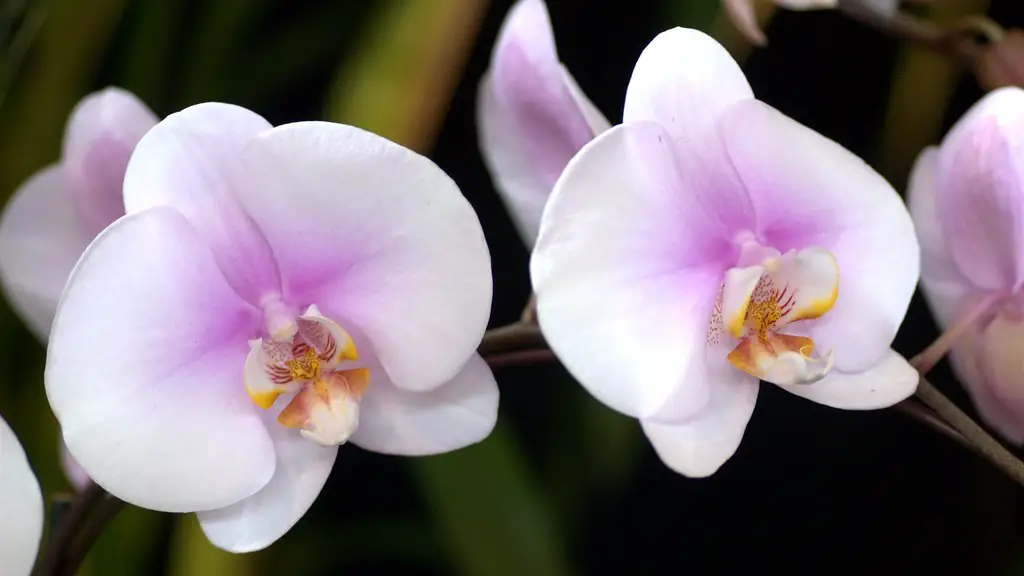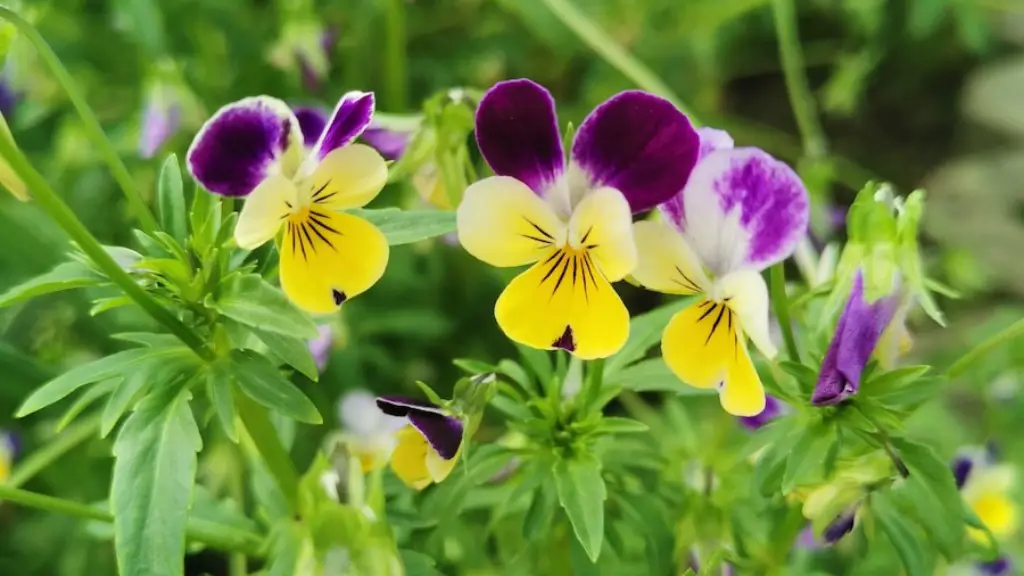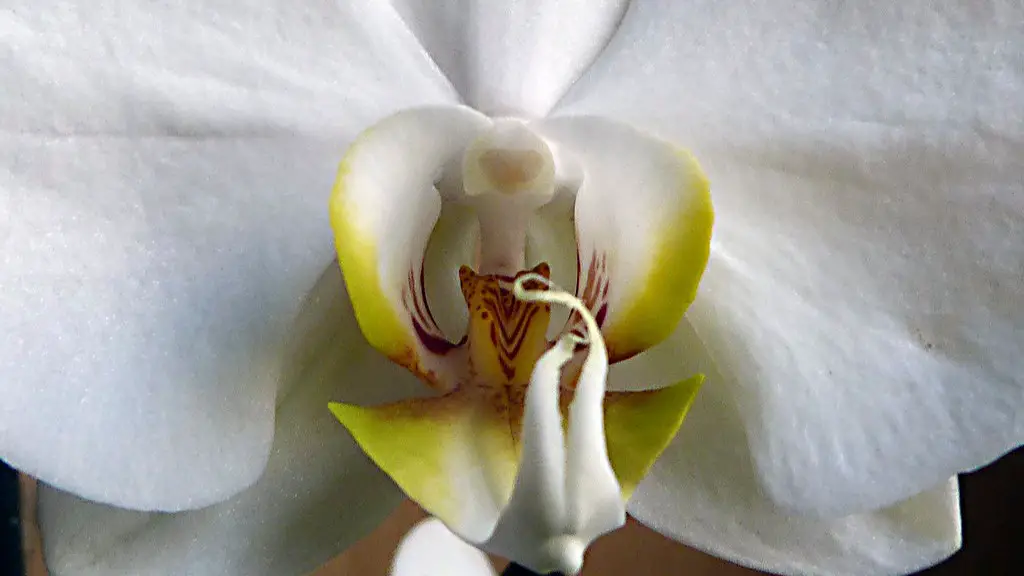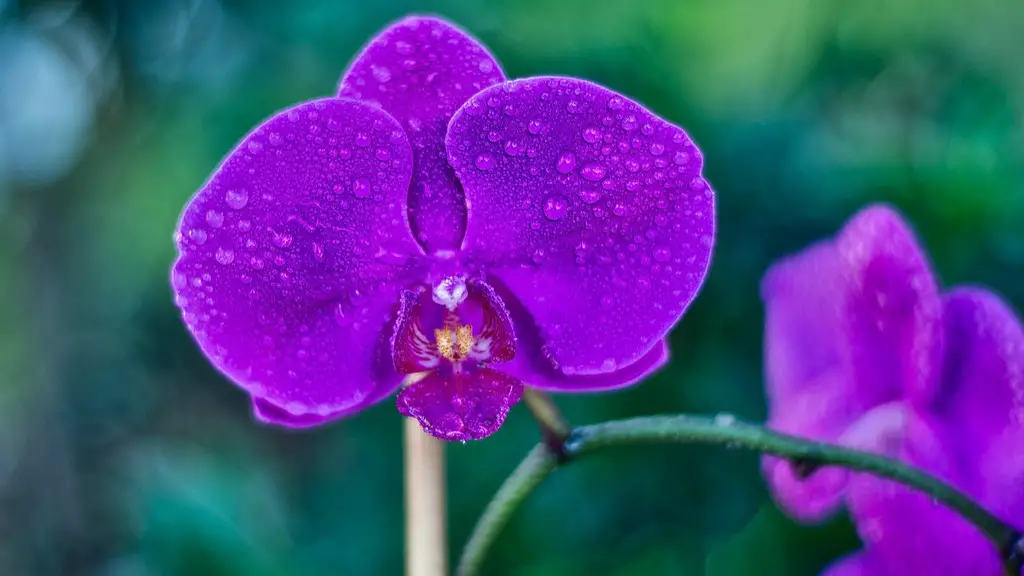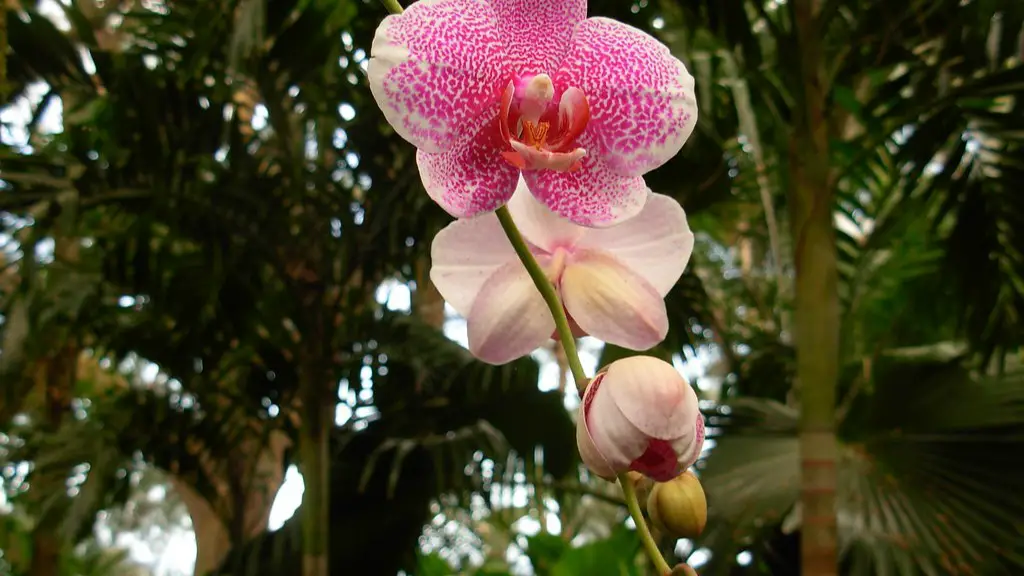Phalaenopsis orchid is a popular houseplant because it is easy to care for and has beautiful blooms. The flowers can last for several months, but eventually they will begin to fade and the plant will go into a dormant period. After a few months, the plant will start to produce new growth and the cycle will repeat. Many people wonder if phalaenopsis orchids will rebloom and the answer is yes! With the proper care, your plant will produce new flowers each year.
Yes, it is possible for a Phalaenopsis orchid to rebloom.
How do I get my Phalaenopsis orchid to rebloom?
If you want your orchid to rebloom, make sure it gets plenty of light. Place it in an area that receives bright, indirect sunlight. The more light your orchid receives, the longer its blooms will last and the greater its chances of reblooming.
To encourage your Phalaenopsis to re-bloom, give it extra attention after it has finished flowering. Cut back the spent flower stalk and water it well. Keep the pot in a bright, warm spot and fertilize regularly. With a little extra care, your Phalaenopsis will reward you with another beautiful bloom cycle.
What do you do with an orchid after the blooms fall off
If you want to remove the flower spike entirely, you should clip it off at the base of the plant. This is the best choice if the existing stem starts to turn brown or yellow.
The flowers of a phalaenopsis orchid usually bloom for several months. During this time, the plant can be pollinated again. It can take anywhere from 9 to 14 months for an orchid to complete a life cycle. If it does not die, it can typically re-bloom once every 8 to 12 months.
What triggers flowering in Phalaenopsis?
Phalaenopsis is a genus of orchids that are native to areas close to the Equator. They do not need a specific photoperiod to induce flowering, but instead, it is the low temperature that triggers phalaenopsis to start the flowering process.
Light is the most important factor for triggering blooming in orchids. While a drop in night temperature, increase or decrease in day length and even sharp restriction in water availability can all trigger blooming, none of these will be successful unless your orchids have been grown with adequate light.
Can you force an orchid to rebloom?
Cooling the moth orchid will encourage blooming as they are responsive to a change in temperature. Place the pot in a cooler location at night, such as a basement or near an exterior door, to create a 10-15 degree difference. This will trick the orchid into thinking it is time to bloom again and encourage more flowers.
If you want to encourage your orchid to produce a new flower spike, you’ll need to provide it with cooler temperatures at night. Aim for a range of 55-65 degrees Fahrenheit. You might also try placing the plant in a window that isn’t exposed to the heater. Generally,flower spikes appear more often in winter, when indoor temperatures are cooler.
When an orchid stem dies will a new one grow
Orchids are a beautiful and popular type of flower. They come in many colors and sizes, and can be found in most parts of the world. Orchids are relatively easy to care for, and can be propagated from stem cuttings or by dividing their rhizomes. Flower spikes will also grow back after being cut down, making them a low-maintenance plant that is perfect for any gardener.
Your blooming plant is looks beautiful, but you may be wondering if it will bloom again. Lucky for you, most blooming plants will bloom again, but there are a few things you can do to encourage blooming. First, make sure to fertilize your plant monthly or every other week. You can use a houseplant fertilizer or a balanced fertilizer at half the recommended rate. Second, you can keep an eye on the temperature and water your plant accordingly. Too much heat or too little water can both lead to fewer blooms. With a little TLC, your plant should bloom again in no time!
What does an orchid look like when it needs to be repotted?
Orchids are beautiful flowers that prefer to grow in small pots. As they grow, their roots weave through the compost in the pot. However, eventually they run out of room and their roots push the plant up above the rim of the pot or reach out into the air. This is a sure sign that it’s time to re-pot the orchid.
The Phalaenopsis orchid (also known as the moth orchid) is a popular choice for indoor plants, due to its easy care and ability to rebloom on the same stalk. Unlike other types of orchids, the Phalaenopsis can be trimmed at the base of the flower stalk, making it easy to keep tidy. If you’re looking for a long-lasting, low-maintenance plant to brighten up your home, the Phalaenopsis orchid is a great option!
Why has my orchid not bloomed in 2 years
Orchids need lots of light to produce flowers, but too much light will cause the leaves to turn yellow. The best way to tell if your orchid is getting enough light is to check the color of the leaves. If they’re a healthy green, then the plant is getting the right amount of light.
If your plant is potted in bark, watering once a week is sufficient. If your plant is potted in moss, water when the top feels dry. The amount of light and heat your plant receives will also affect how soon your plant needs watering. In the summer months, your plant will need more frequent watering, whereas in the winter, it will need less.
How often should I mist my Phalaenopsis orchid?
Orchids are beautiful, fragile flowers that require special care. Here are some tips for caring for orchids:
-Mist the foliage every two to three days using tepid water. Avoid spraying the flowers, as the petals can be marked by water.
-Overwatering is the most common way to kill orchids. Be sure to only water when the soil is dry to the touch.
-Place your orchid in a bright, indirect light. Too much direct sunlight can damage the leaves.
With a little care, your orchid will thrive and bloom for many months. Enjoy!
Orchids love humid conditions because they come from tropical areas. The best way to recreate their natural habitat is to mist them with a spray bottle. Make sure to do this regularly, as orchids require a lot of humidity to thrive.
Should I water my orchid more when it’s blooming
Water your orchid when the potting mix is dry to the touch. Orchids need to be watered about once a week, although some may need to be watered more frequently. If you’re not sure how often to water your orchid, check the potting mix to see if it’s dry. Use lukewarm water and water the orchid until it is dripping wet. Then, allow the orchid to drain for about an hour before placing it back in its pot or growing space.
When trimming orchid spikes, it is important to find the node under the lowest flower bloom. Cut 1 inch above that node, or bump, on the orchid spike. This will promote healthy, green spikes. If the orchid has unhealthy, brown spikes, cut all the way back to the base of the plant. For double-spike orchids, cut one spike at the base of the plant.
Conclusion
A phalaenopsis orchid will rebloom after it has flowered if it is kept in the right conditions. The plant needs to be kept in a warm, humid environment with indirect sunlight. The potting mix also needs to be kept moist.
Yes, Phalaenopsis orchids will rebloom if they are given the right care. If you want your orchid to rebloom, you should keep it in a bright location with indirect sunlight and water it regularly.
